The Making of Oppenheimer: How Old Movie Techniques and New Ideas Came Together
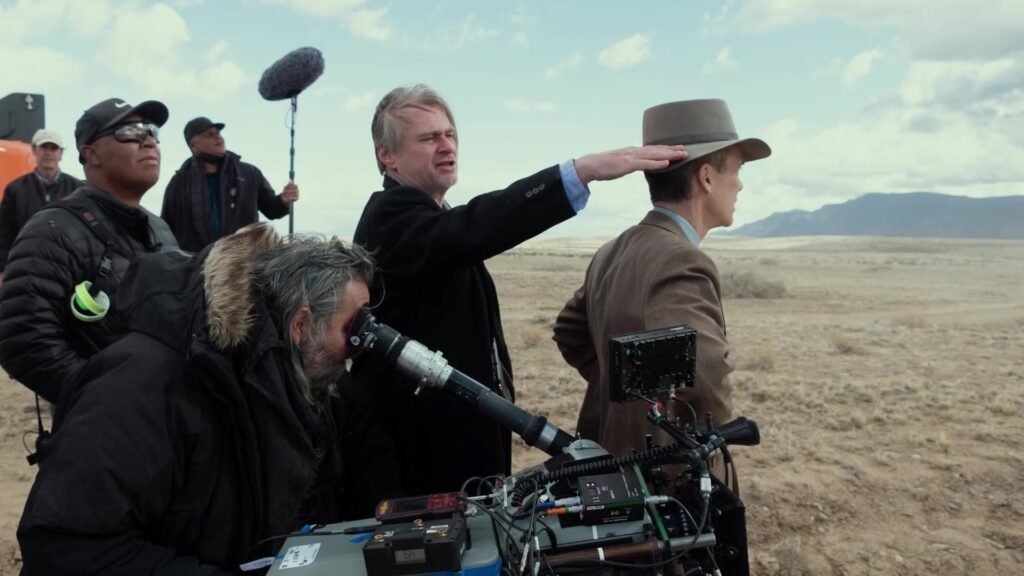
Nolan’s vision for Oppenheimer was deeply rooted in the authenticity and texture that film could provide. The choice to shoot in 65mm, especially black and white, was unprecedented in recent times. Kodak and PhotoChem, key players in the film processing industry, were tasked with manufacturing and processing 65mm black and white film – a format not used in decades. This move required significant innovation and adaptation, both in the manufacturing of the film and the processing techniques.

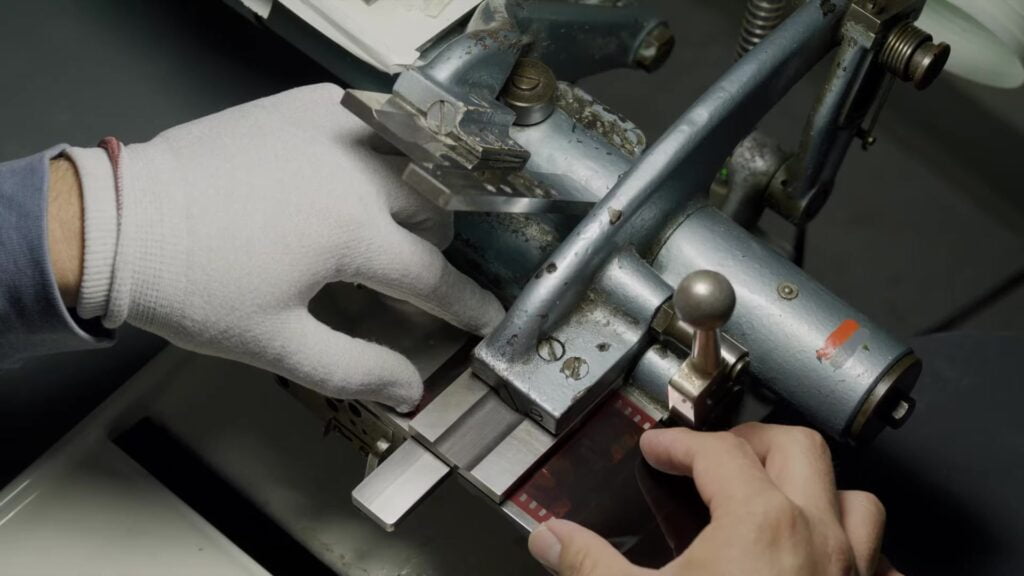
The black and white segments of Oppenheimer served to distinguish different storylines, as envisioned by Nolan. The challenge was not just in the capture but also in the post-production phase. The film lab had to develop new methods for handling and processing this unique format. This involved installing new equipment to switch between black and white and color processing, a complex and delicate task.
Moreover, the post-production phase included the traditional process of physically cutting and assembling the film. Simone Appleby, a specialist in 65mm film cutting, played a crucial role in this. Her expertise was vital in ensuring that each frame aligned perfectly with Nolan’s vision, a task that becomes even more complex considering the length and shot volume of a movie like Oppenheimer.
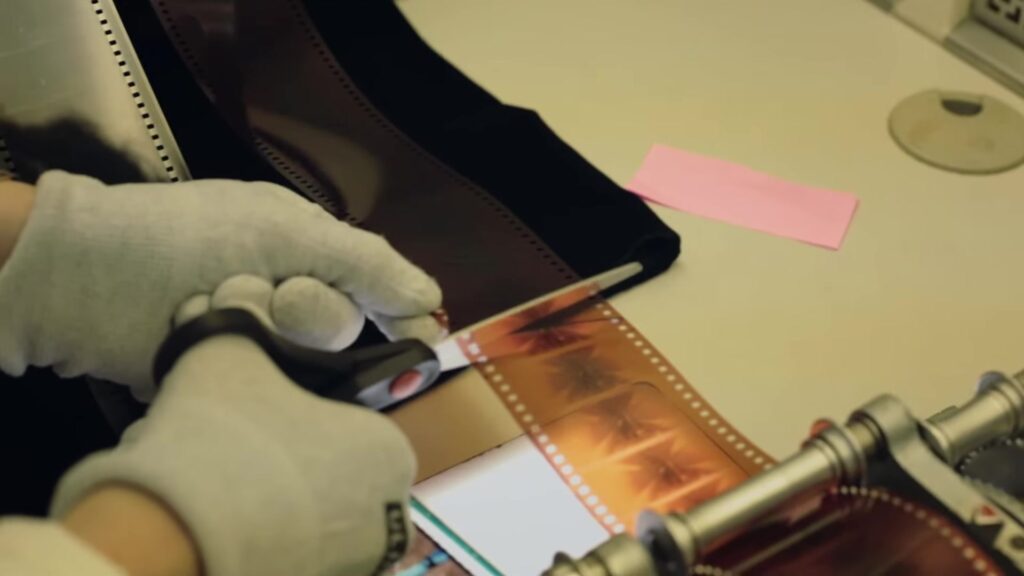
The dedication to film capture extended to the final presentation. The team’s objective was to maintain the highest resolution possible, ensuring that audiences experienced the film as intended, whether on film or digital formats. This involved meticulous color grading and image manipulation to match the digital version as closely as possible to the film.
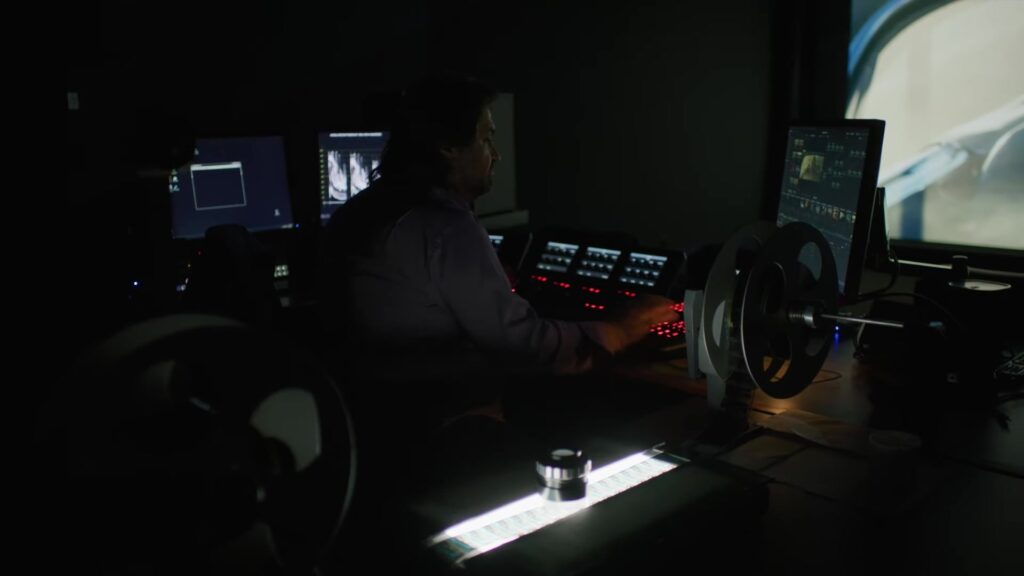
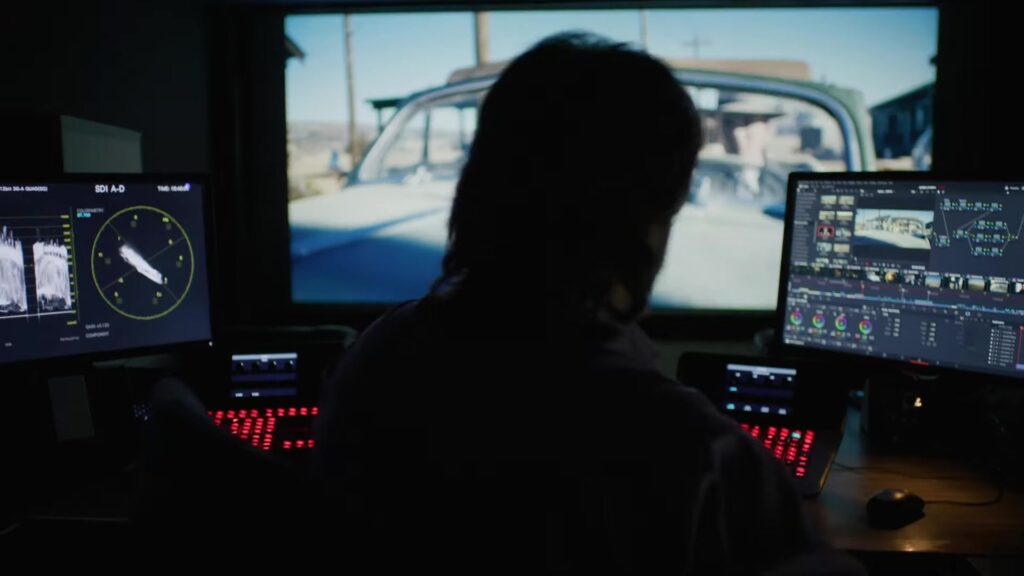
In conclusion, the post-production of Oppenheimer highlights the enduring value of film in an increasingly digital world. It showcases the commitment to preserving traditional filmmaking techniques while also embracing modern technology to achieve a visionary director’s artistic goals. The process not only required technical expertise and innovation but also a deep respect for the medium, echoing the sentiment that film is not just a format but an art form that captures more than just images – it captures the energy and love put into the process.






Responses